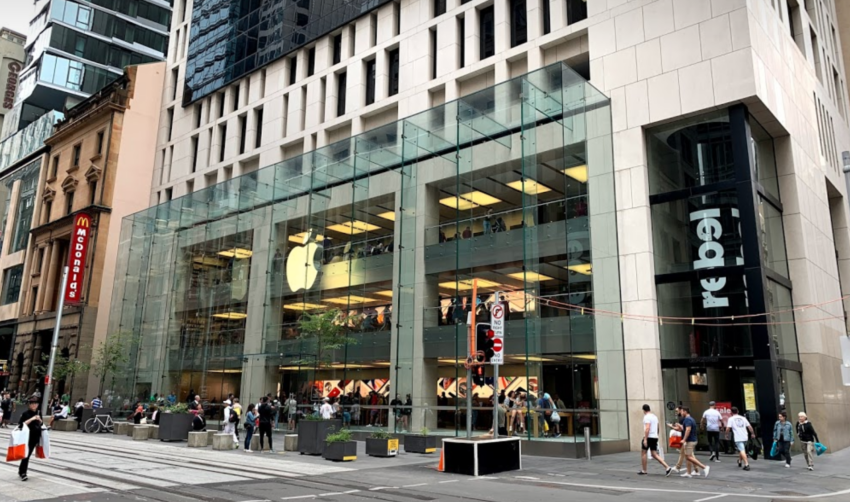This article follows on from last week’s article around rental yields as an accurate measure of residential investment property. I wanted to demonstrate the same conclusion from a different direction. But before we begin, what you think is the land value (the land without the improvements on top) for the Apple Flagship store on George Street? It sold in 2016 for $158,016,586 and has a land size 1,676sqm.

Now, what do you think is the land value for 40 Coolong Road, Vaucluse? It sold in 2020 for $14,950,000 and has a land size of 1,081sqm.
Apple Flagship store had a land value of $3,899,206 which computed to a land tax of $58,584.1 in the 2016 financial year. In 2020 it had a land value of $4,371,440 which computed to a land tax of $58,299. 40 Coolong Road, Vaucluse had a land value of $6,830,000 in 2020 which attracted a land tax of $107,004 (no principal place of residence exemption and Australian citizen and/or resident). A leased house attracts a land tax 82.6% higher than a commercial building in the city approximately more than 10 times the price.
Did you guess within the realm or were you way off?
What does this mean? It conveys that residential land in the eastern suburbs is generally worth more than commercial-zoned land in the CBD despite the epic billion-dollar prices achieved in recent office tower sales.
With land tax law around residential investment properties, it shows why there are hardly any high-end properties for lease. Generally, the high-end rents are substantially higher to cover any finance costs, repairs, council rates and other costs. The rent needed to cover the land tax alone for 40 Coolong Rd would be $1,121 per week. Unfortunately, the pool of potential renters for these properties is so small and largely based around foreigners who are currently working in Sydney as part of their vocation. There isn’t the supply nor the demand for long term high-end property leases due to the high prices the landlords want and the high taxes the landlords must pay.
7 Dalley Avenue, Vaucluse
If we can use a real-life example of 7 Dalley Avenue, Vaucluse. It sold in 2018 for $7,720,000 and is currently listed for lease with an asking rent of $7,000 per week! If that sounds exorbitant, well that would be an understatement. $7,000 per week is the equivalent of weekly mortgage repayments for a $7,490,000 loan at 2.69% with CBA for 30 years. Meaning, at this level you would be far better off buying this house than renting this house by a fair margin. For 40 Coolong Road, and 7 Dalley Avenue, yield matters very little, because their value is not derived by the potential income that could be attained but rather the capital growth over time by doing nothing as your principal place of residence.

Commercial Property
On the flip side, if we look at income earned from Apple’s flagship store at 367 George Street, Sydney. We can assume a cap rate (a method to derive the market value of the commercial property) of 6% based on the comparable King Street Wharf (retail component) which sold for $125,500,000 in December 2018, We can rearrange the equation to calculate the estimated net operating income of 367 George St, Street. Being $9,480,995 p.a. This income more than 150 times covers the land tax component of their outgoings unlike 7 Dalley Avenue whose asking rent would cover the land tax by just over 6 times. The net operating income is what is valuable. It is not the land itself.
Without this income, there is virtually no value. In commercial property, value is derived by a long term, secure and profitable tenant paying rent. This is why for retail buildings such as shopping centres it is so important to entice a blue chip tenant such as Coles, Woolworths, Kmart, David Jones etc. These tenants drive the foot traffic that smaller tenants need to survive.
When evaluating any prospective property investment, its important to use the correct set of measures in order to understand and then maximise the investment return in the future.
Alexander Gibson
Are using the wrong measurements in your investment decisions?
